
Graphics II
As we pointed out previously, the graphical presets accessible in Clear Sky don’t really have a huge effect on the look of the game. One thing that does however is the lighting setting.Lighting is something that the X-Ray engine can actually do very well and much of the fear factor of S.T.A.L.K.E.R. relied on that. If you weren’t scared by certain parts of the original game then it’s probably because you didn’t have the graphics turned up high enough. Creeping through those unlit tunnels with dynamic shadows was enough to make us soil many a seat.
That effect is carried over well into Clear Sky, where you’ll often be watching the shadows lengthening with a growing sense of dread and the night time perforated with a few dozen dots of light as nearby stalkers flick on their torches.
At day time too the effects can be easily seen on the higher settings – sun rays creeping through the clouds and forming penumbras around nearby objects in a highly realistic manner.
Lighting Renders
This setting controls the entirety of how the X-Ray engine handles light in the game, ranging from simple static lighting right up to fully enhanced dynamic lighting, which has optimizations for DirectX 10. Check the screenshots below.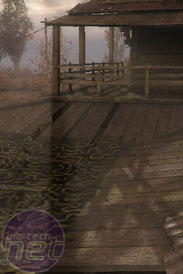
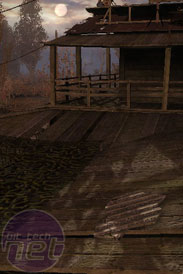
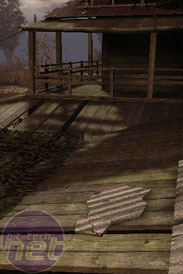
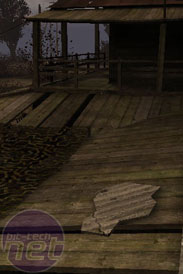
Enhanced Lighting (far left), Dynamic Lighting (left), Object Rendered Lighting (right) and Static Lighting (far right), click to enlarge
Now this is a setting which makes a real difference to the game, one that can be seen not only on the shadows on the floor, but also with the way the light is streaming around the building in front.
On the Enhanced setting, we can see that the light is acting totally realistically, shooting on either side of the building in clear beams and casting dynamic shadows on the floor which move throughout the day as the sun rises and falls in the sky. On the lower settings meanwhile these effects drop off and on the Static Lighting setting the shadows and light are both fixed and non-moving.
The system requirements for the Enhanced setting though are pretty steep – even with a 3GHz Intel E8400, 4GB of memory and a GeForce GTX 260, on a completely clean system, at 1,280 x 1,024 we still had some stuttering from time to time. While the higher settings may look good, the reality is that many gamers will find them out of reach.
View Distance
View Distance is one setting we felt we had to look at, partly because some of the individual settings (such as texture resolution) which we tested had very little perceivable effect and partly because it can affect how some people play the game. There’s no use trying to be a sniper if you can’t see past the tip of your nose.The impressive thing here is that the view distance, even on Low, is a lot more than you might expect. We took the screenshot from this vantage point in The Dark Valley primarily because we expected that lone stalker in the distance to be something we could reference as he dropped in and out of sight.
In reality though, even on the Low setting, the stalker is still plainly visible and it’s actually the trees on the other side of the fence that start dropping out of view instead. Even on the Low setting, you’re still getting plenty of view distance. That said, the effect is a little more obvious in the open areas and you’ll be able to see the horizon creeping a little closer, but for the most part the view distance setting is one we don’t think you’ll have to worry about.

MSI MPG Velox 100R Chassis Review
October 14 2021 | 15:04


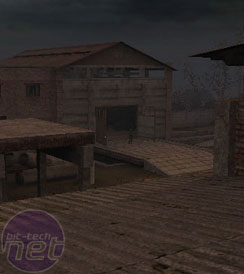
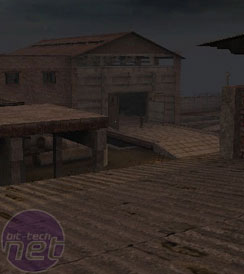








Want to comment? Please log in.